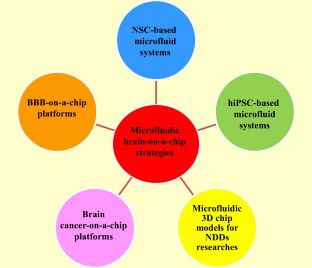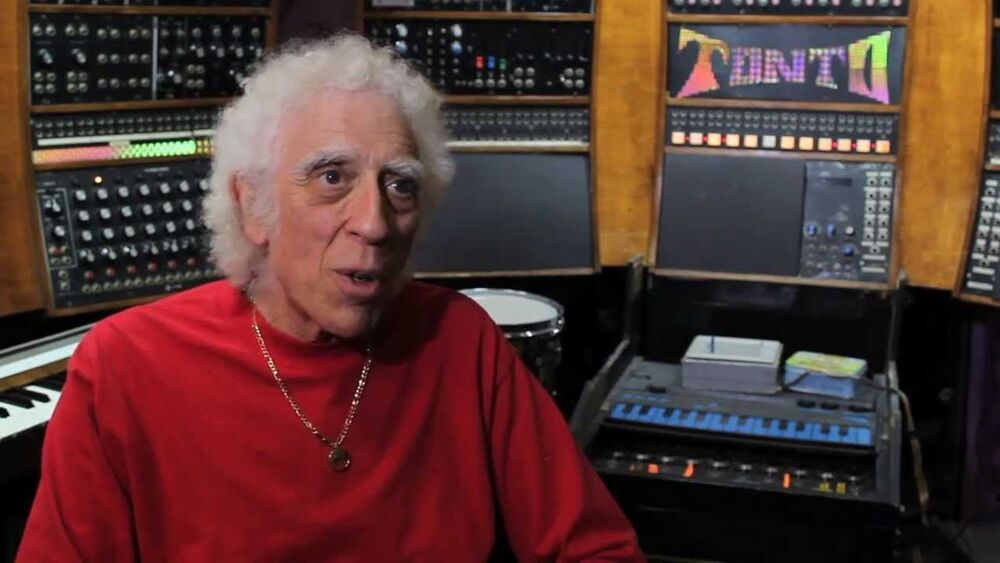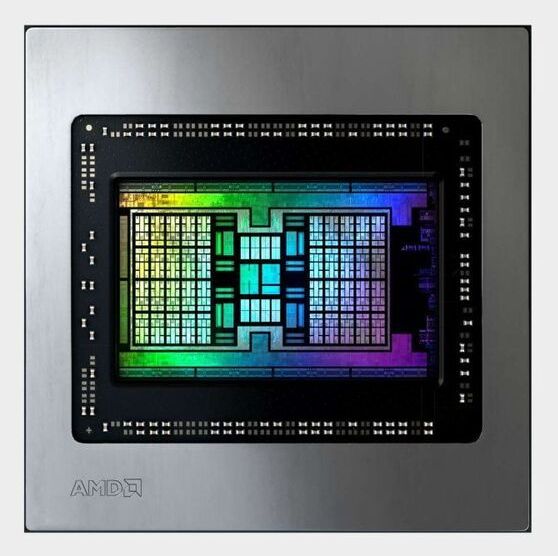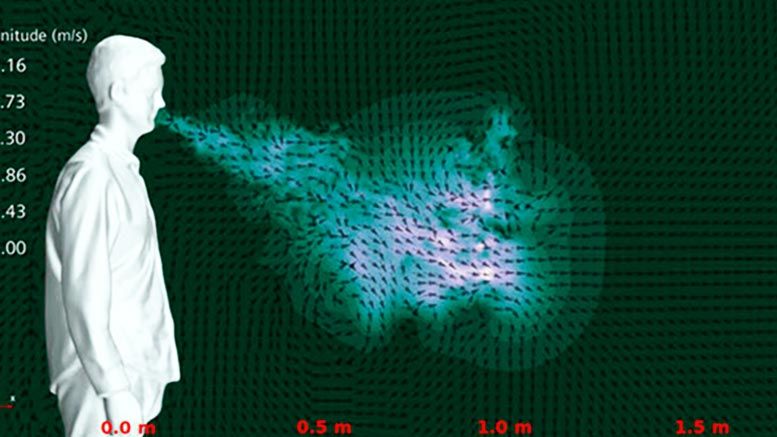It might be possible, physicists say, but not anytime soon. And there’s no guarantee that we humans will understand the result.



By Christopher Sciacca
The first video games debuted in the1950s, later reaching mainstream popularity in the 1970s and 80s with arcades and home video systems like Atari and Commodore 64. Remember SpaceWar! and Pong? While limited by the capabilities of the hardware, they laid the foundation for the games we develop and play today, which by 2025 is expected to be a whopping $256 billion industry.
This history and the importance of these early video games was not lost on Qiskit’s James Wootton. In 2017, he created the world’s first video game for a quantum computer, Cat-Box-Scissors, based on Rock-Paper-Scissors. He continued creating other quantum games, in the process attracting quantum enthusiasts and video game developers who wanted to try something new. And soon, games incorporating quantum computing concepts will be available for anyone to play.

Neurodegenerative diseases (NDDs) include more than 600 types of nervous system disorders in humans that impact tens of millions of people worldwide. Estimates by the World Health Organization (WHO) suggest NDDs will increase by nearly 50% by 2030. Hence, development of advanced models for research on NDDs is needed to explore new therapeutic strategies and explore the pathogenesis of these disorders. Different approaches have been deployed in order to investigate nervous system disorders, including two-and three-dimensional (2D and 3D) cell cultures and animal models. However, these models have limitations, such as lacking cellular tension, fluid shear stress, and compression analysis; thus, studying the biochemical effects of therapeutic molecules on the biophysiological interactions of cells, tissues, and organs is problematic. The microfluidic “organ-on-a-chip” is an inexpensive and rapid analytical technology to create an effective tool for manipulation, monitoring, and assessment of cells, and investigating drug discovery, which enables the culture of various cells in a small amount of fluid (10−9 to 10−18 L). Thus, these chips have the ability to overcome the mentioned restrictions of 2D and 3D cell cultures, as well as animal models. Stem cells (SCs), particularly neural stem cells (NSCs), induced pluripotent stem cells (iPSCs), and embryonic stem cells (ESCs) have the capability to give rise to various neural system cells. Hence, microfluidic organ-on-a-chip and SCs can be used as potential research tools to study the treatment of central nervous system (CNS) and peripheral nervous system (PNS) disorders. Accordingly, in the present review, we discuss the latest progress in microfluidic brain-on-a-chip as a powerful and advanced technology that can be used in basic studies to investigate normal and abnormal functions of the nervous system.


Are brain-computer interfaces the next way we will communicate with machines and even with one another? Here are 10 companies working on decoding our thoughts.

Coombes described the process to CBC’s Calgary Eyeopener podcast. Her thoughts would be processed by headset via a computer, and then converted to voltages before being assigned to a parameter on the synth.
Thinking about images and questions that stimulated more brainwave activity yielded more dramatic results — even thinking about the word “why” had an effect on volume and pitch.
Her thoughts were processed and converted to voltages to control the synth made famous by Stevie Wonder.

There is the potential for benefits from providing more direct controls.
“The important thing to realise here is that, when you’re bringing a new technology like this to the market, it’s very, very important that it’s as transparent as possible to developers initially, right?” Pomianowski says. “You can’t bring something like this to the market, that’s a departure from the traditional memory subsystem on the GPU, and have a high barrier of entry to the developers where they have to programme in a particular way to get benefit from it.”
But what if a developer did program specifically for Infinity Cache? That’s a question raised during an AMD roundtable discussion ahead of the RX 6800 XT and RX 6800 release date, and AMD is quietly optimistic for future performance if a developer were to team up with the red team for a little more juice.
“You know, there is the potential for benefits from providing more direct controls,” Pomianowski continues, “we have … quite an extensive set of ways in which the Infinity Cache can be controlled.

Sneezes from people who have congested noses and a full set of teeth travel about 60% farther than from people who don’t, according to a new study.
New research from the University of Central Florida has identified physiological features that could make people super-spreaders of viruses such as COVID-19.
In a study appearing this month in the journal Physics of Fluids, researchers in UCF’s Department of Mechanical and Aerospace Engineering used computer-generated models to numerically simulate sneezes in different types of people and determine associations between people’s physiological features and how far their sneeze droplets travel and linger in the air.

As our need for electronic gadgets and sensors grows, scientists are coming up with new ways to keep devices powered for longer on less energy.
The latest sensor to be invented in the lab can go for a whole year on a single burst of energy, aided by a physics phenomenon known as quantum tunnelling.
The tunnelling aspect means that with the help of a 50-million-electron jumpstart, this simple and inexpensive device (made up of just four capacitors and two transistors) can keep going for an extended period of time.
